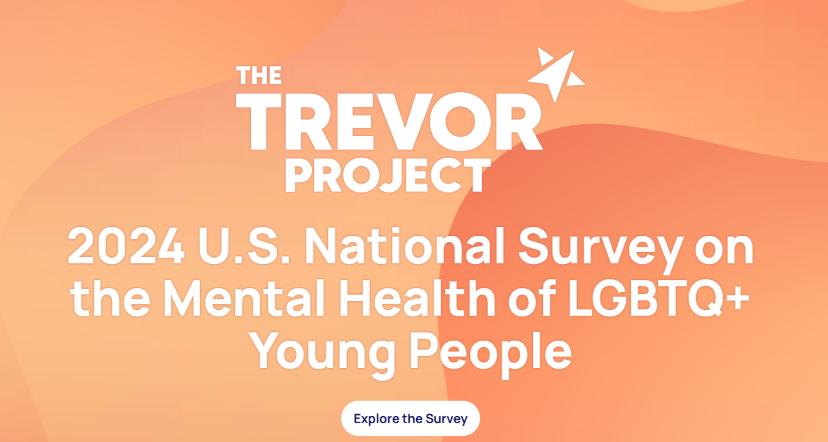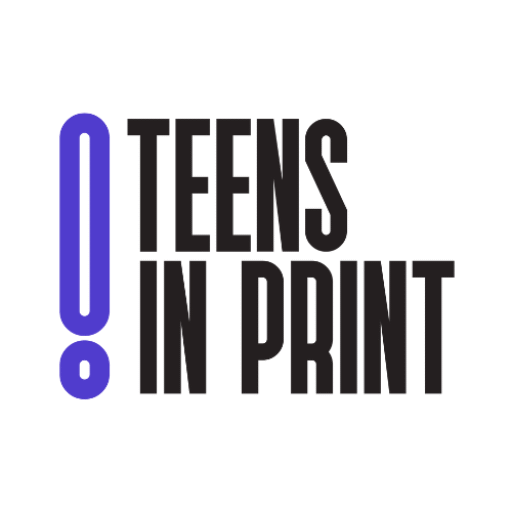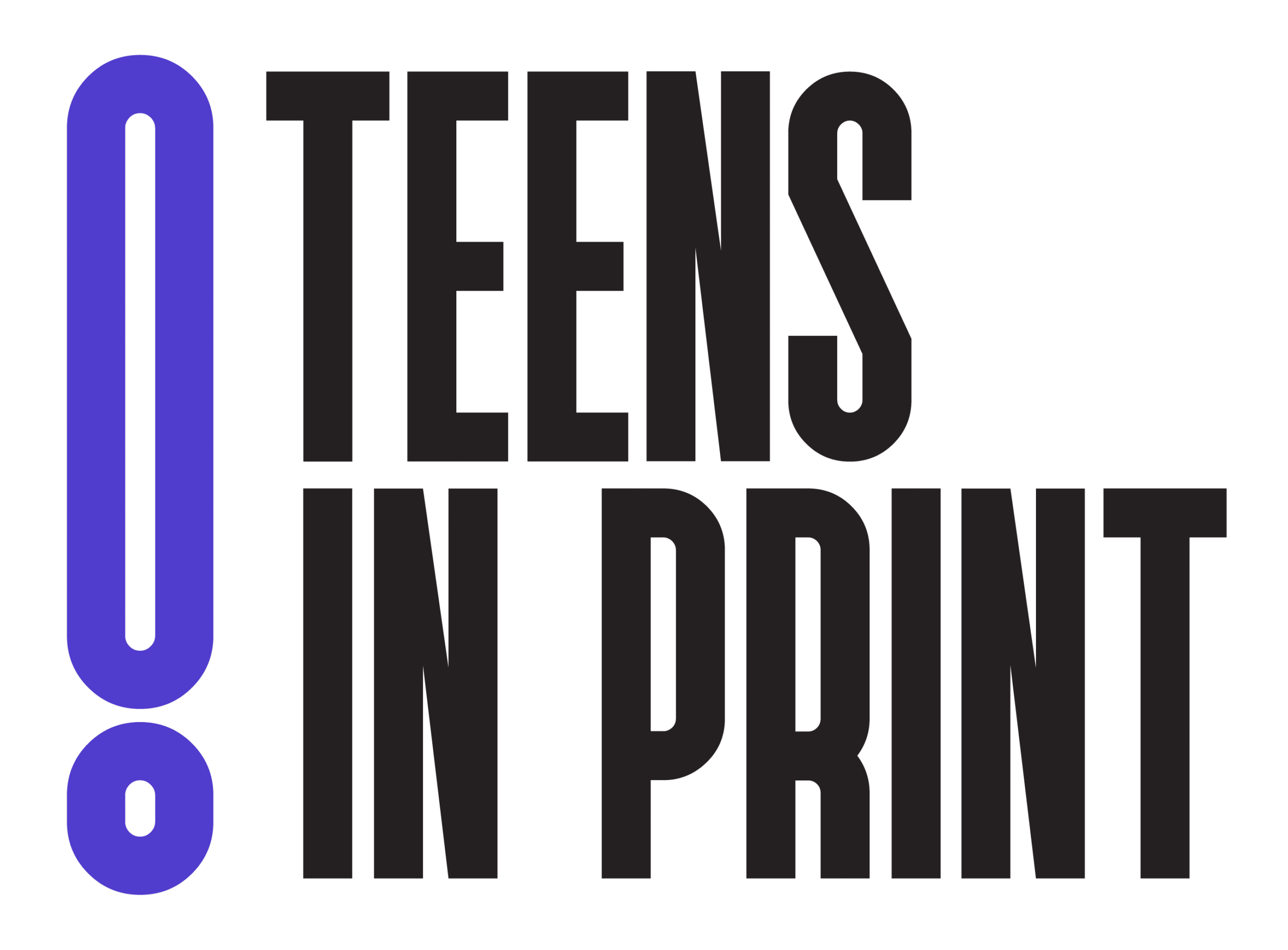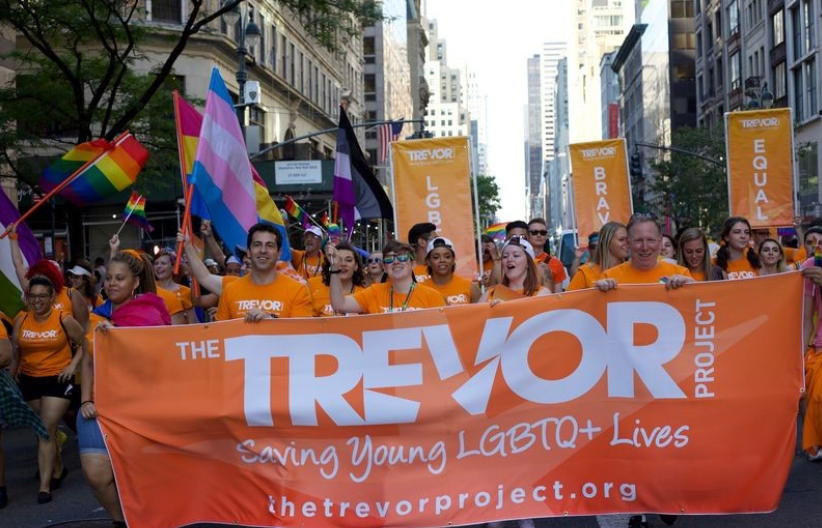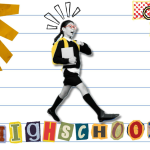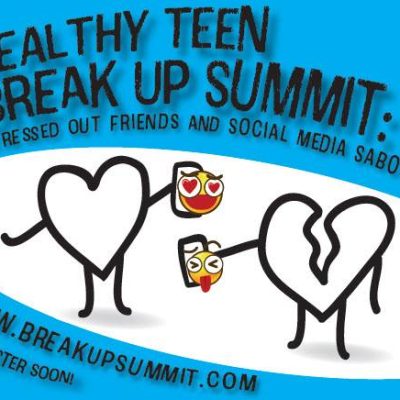Let’s be real, what actually is the Trevor Project?
Warning: This article includes subjects that may be a sensitive topic for some readers. Viewer discretion is advised.
Imagine this: you’ve just come out to someone you love and trust, explaining that you’re part of the LGBTQ+ community, and they’ve completely turned on you. They’re saying things like, “this isn’t who I raised,” and “I can’t believe you’ve done this.”
What do you need? Just someone, anyone, to talk to. So you call 1-866-488-7386, the Trevor Project’s 24/7 crisis hotline for LGBTQ+ youth—a number for people struggling with the same situation that just happened to you. You’ve finally found someone who understands you, thanks to the Trevor Project.
Now, you may be asking: what even is the Trevor Project?
- A Lifesaving Crisis and Suicide Hotline
As one of the few crisis and suicide hotlines for LGBTQ+ youth, the Trevor Project has helped people globally that are going through low points in their life. The Trevor Project offers a 24/7 crisis hotline through the number 1-866-488-7386 or text “START” to 678-678, their text number, which allows you to contact a crisis counselor through a text, chat, or phone call.
The Trevor Project’s crisis hotline was established in 1998, and was the first 24/7 hotline specifically for LGBTQ+ youth. Their main goal was to create this hotline to help with suicide prevention within LGBTQ+ youth communities. By 2003, they had already taken 100,000 calls, which had saved tens of thousands of lives. Isn’t that great? (Say yes.) Awesome!
Devistatingly, the Trump administration has removed the “Press 3” option for LGBTQ+ youth in the 988 Suicide & Crisis Hotline which went into affect on July 17, 2025. This means that you will no longer be able to access crisis prevention through the federally funded 988 Hotline if you are an LGBTQ+ member. Although worrisome, this doesn’t mean that LGBTQ+ people are erased from society, and we can still fight for our rights. Just because someone says otherwise, we are still humans who deserve love and respect. If you’d like to join the fight, there’s a link to donate to the Trevor Project at the bottom of this article.
- A National Foundation for LGBTQ+ Youth in the U.S.
Although it’s best known as a crisis hotline, The Trevor Project is also a large supporter of LGBTQ+ youth through advocacy, education, and community events. In 2004 they released an educational short film “Trevor,” for which the Trevor Project is named, about a teenage boy who attempts to commit suicide after not being accepted by his friends. They also offer educational kits, which include a teaching guide, cards with The Trevor Project’s crisis and suicide prevention hotline on them, and posters. These kits are given to educators and youth service providers.
In 2007, The Trevor Project created banners on social media sites that were popular at the time. These banners were put up during National Suicide Prevention Week with the title “Don’t Erase Your Queer Future.” This was a very progressive step for the Trevor Project, as it made people reflect on the fact that without LGBTQ+ people, many social, artistic, and cultural contributions would be lost. Showing people that LGBTQ+ youth are a large part of society and deserving of respect is a large part of their advocacy for LGBTQ+ youth.
Recently, on March 29, 2025, the Trevor Project launched a 5 million dollar campaign for rural youth. This campaign and event was meant to spread awareness of the public health crisis of LGBTQ+ youth in rural communities committing suicide. Of all LGBTQ+ youth, one third have an unaccepting family, which can make them much more likely to commit suicide. Unacceptance is more common in rural areas, as they tend to be more conservative. This campaign equipped rural communities with tools and training through Helmsley’s Rural Health Care Program. The campaign also featured a 10-minute documentary that was a part of their series “Learn With Love.” This major event was meant to show that rural LGBTQ+ youth have just as much support as urban communities.
- A Nonprofit You Can Support
Through donations, the Trevor Project can continue its life-saving work to support LGBTQ+ youth nationally. The Trevor Project has raised over 7 million dollars dedicated to LGBTQ+ youth, which has helped youth nationwide. This money can come from grants, partnerships, like PwC Charitable Foundation who donated 6 million dollars over 4 years. Their money can also come from fundraising events and individual donations (which means you can donate, too!)
They mainly use their donations to advocate for LGBTQ+ rights, but they also use their money to invest in crisis intervention services and suicide prevention programs. One large donation that happened recently was from NFL player Carl Nassib, who donated 100,000 dollars to the Trevor Project when he came out as queer in 2021. Yay for the gays!
Not only does the Trevor Project use their donations to advocate for LGBTQ+ youth, they also use their donations for research. Some of their money goes to their annual Mental Health Survey, a survey where they ask LGBTQ+ youth how their mental health was in the past year. They’ll also sometimes use their money to expand outreach for LGBTQ+ youth, which lets more youth know what resources are available to them in the United States. Clearly, your help is what makes the biggest difference.
- A Leading Source of Data on LGBTQ+ Youth
Through the Trevor Project’s National Survey on LGBTQ+ youth, the Project is able to collect essential data about LGBTQ+ youth for easier understanding of what’s happening in LGBTQ+ youth’s lives. They use this data to better support LGBTQ+ youth around the country. So, again, the Trevor Project isn’t just helpful because it conducts research and has a hotline, they also are
helpful because of the people. They are helpful because of you. That’s what makes this charity so cool.
As I mention in my last point, the Trevor Project holds a mental health survey every year, which is their main source of data. This survey collects yearly data about how many LGBTQ+ youth are thinking about or attempting suicide, as well as data about how politics and current events in the U.S. have affected youth. They usually survey around 70,000 participants, all LGBTQ+ members ages 13-24, who are all very diverse. They split up this data into three categories, race, religion, and gender, which vastly affects the data. I would totally recommend looking at 2024’s data once you’ve finished reading this!
Lastly, they also research mental health. Although they are a suicide-prevention focused organization, mental health struggles like anxiety and depression are also really important to them when researching. This makes sense as your mental health is deeply connected to suicidal thoughts. Their research is a great way to stay informed, and can help you understand the struggles that someone in your life may be facing.
Clearly, the Trevor Project is a great resource for queer youth who need someone to talk to. Although, if you happen to live in Boston, there’s a great local queer youth group called BAGLY. It’s great that we have this bit of hope left with people who are still willing to fight, even with the Trump Administration hurricane that we are in right now. Be safe, but be ever prouder.
Click Here to donate to the Trevor Project!
